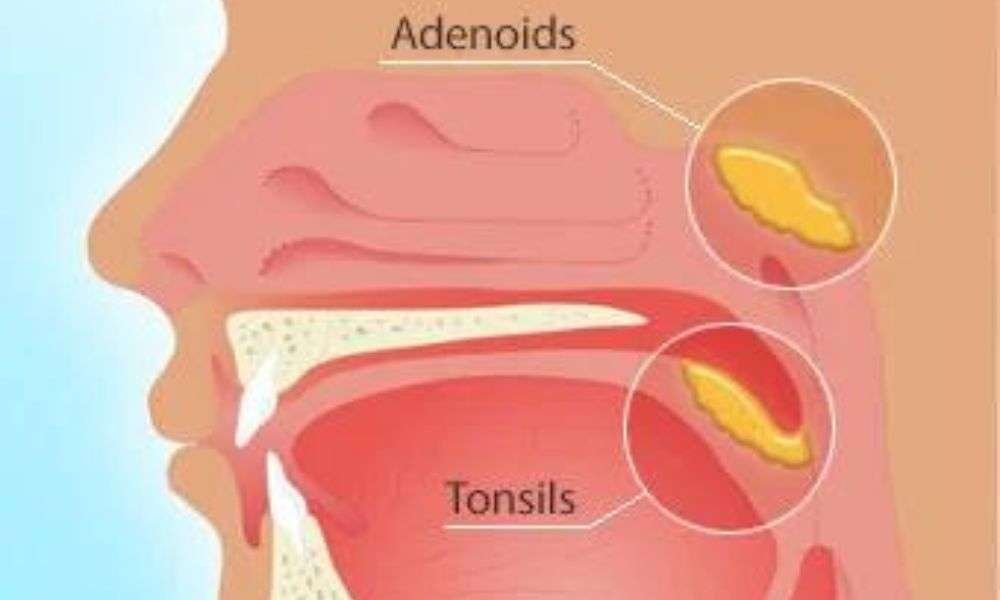Adenoidectomy
Adenoids are lumps of lymphoid tissue located high behind the nose. These are not visible from outside. Enlarged adenoids can obstruct the nasal airway and need to be taken oucct.
An adenoidectomy is performed under general anaesthesia and takes about 20 – 30 minutes. The surgeon uses cold instrumentation or microdebrider or coblation through the mouth to completely remove the adenoids. Nasal endoscopic assistance may also be taken by the surgeon to confirm that the adenoids have indeed been removed completely.

Conditions treated
- Enlarged Adenoids
- Sleep Apnoea
Why this surgery?
- Enlarged adenoids can hinder proper breathing, especially during sleep-time, it is necessary that adenoids be removed to improve breathing.
- Enlarged adenoids can also cause ear infections as these affect the Eustachian tubes connecting the middle ears with the back of the nose.
- An adenoidectomy is also helpful in bringing relief from sleep apnoea and mouth breathing that causes not only malaligned teeth, it also leads to recurrent upper respiratory infections that occur as adenoids are a harbour for infectious microbes.
Benefits
- Improves breathing.
- Brings relief from sleep apnoea and mouth breathing.
Following precautions are to be taken before the surgery: –
Pre-Surgery Preparations
- The patient should have no food at all from six hours prior to the surgery.
If the patient’s is suffering from cough, cold, fever or throat pain, parents must mention it to the doctor and anaesthetist.
- If the patient is allergic to any drugs that should be mentioned as well.
Post Surgery Preparations
- The patient will not be allowed any drink or food till 4hours after the surgery. After that cold water can be given to sip.
- After the patient eats or drinks anything, he/she should gargle their mouth with plain water.
- While mostly it is in throat, sometimes the pain can also be felt in the ears, jaws or neck that can last for up to a fortnight after the surgery.
- The patient should use pain medications as prescribed by the operating surgeon.
- The patient should be given plenty of fluids like cold water to drink or even ice-cream.
- The patient should eat only non-spicy and easy-to-swallow food.
- Patient should take a week’s rest and strenuous exercise, running and bike riding are not allowed for a fortnight
- The patient may snore and breathe through the mouth due to swollen throat which will take 10-14 days to subside.
- The patient can have low fever for 2-3 days after the surgery.
Follow-ups
The patient will be required to come for post-op check-ups in the OPD on day 1, day 3, day 7, day 14, day 21, and day 28 after the surgery.
Potential Complications
- Bleeding
- Infection at the surgery site
